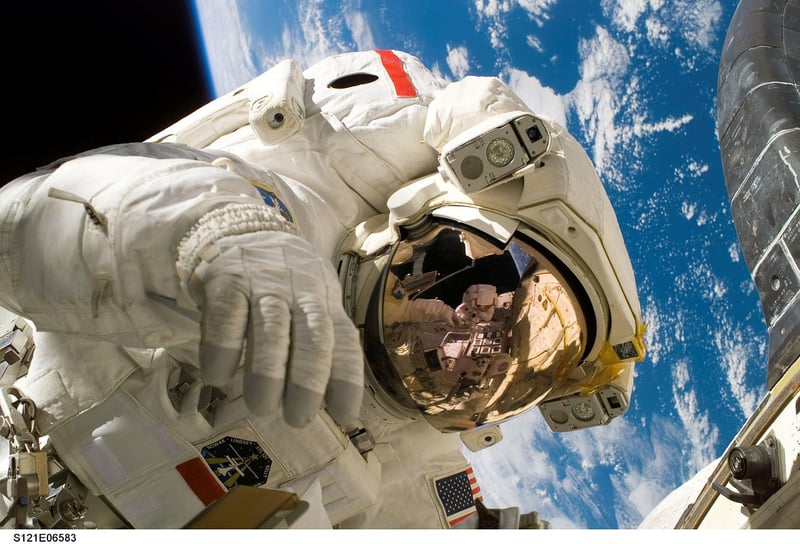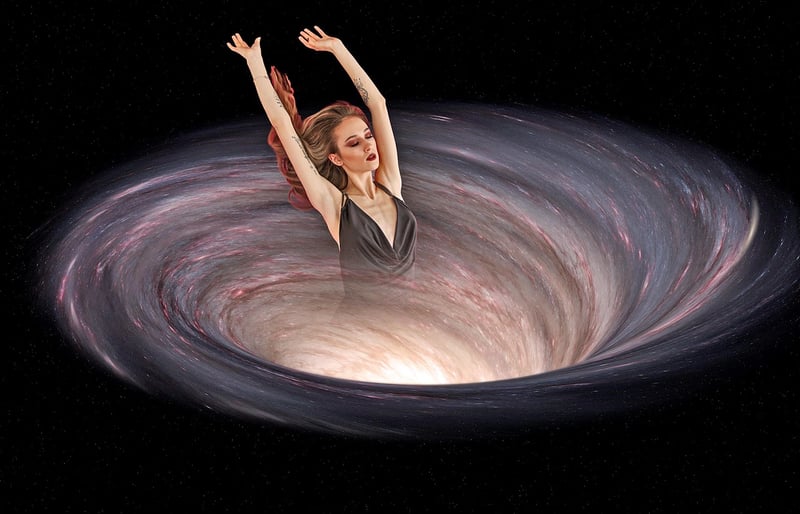Wormholes
The Science Behind Time Travel and Wormholes
Time travel has long been a fascination for many, sparking imaginations and inspiring countless works of science fiction. While time travel remains a theoretical concept, scientists have explored various avenues, including the intriguing idea of wormholes.
Understanding Time Travel
Time travel involves moving between different points in time, either forwards or backward. The concept is rooted in the theory of relativity, proposed by Albert Einstein, which suggests that time is a dimension that can be manipulated under certain conditions.
Wormholes: Gateways Through Spacetime
Wormholes, also known as Einstein-Rosen bridges, are theoretical passages through spacetime that could create shortcuts for long journeys across the universe. These hypothetical structures are like tunnels with two ends, each in separate points in spacetime, potentially allowing for time travel.
The Science Behind Wormholes
Wormholes are mathematically predicted by the theory of general relativity, but their existence has yet to be proven. They require exotic matter with negative energy density to remain stable and prevent the collapse of the wormhole.
Challenges and Possibilities
While the concept of wormholes is fascinating, significant challenges remain, such as the need for exotic matter and the potential dangers associated with traversing a wormhole. However, if wormholes could be harnessed, they might offer a new perspective on the nature of spacetime and the possibilities of time travel.
Conclusion
Time travel and wormholes continue to capture the imagination of both scientists and enthusiasts. While the practical realization of time travel remains elusive, the exploration of these concepts pushes the boundaries of our understanding of the universe.
For more information on time travel and wormholes, you can visit the Space.com website.


